This is not the first time I’ve worked with an Elan camera, and it certainly stuck in my head as an amazing camera. These are semi-pro cameras that continue the lineage of the original Canon EOS 650. And of late, I’ve found that the EOS system is an excellent addition to my tool kit. So after being offered up an Elan IIe, I couldn’t say no. And while this is an older model than the 7ne, it still fits nicely as a camera to add to the mix of helping out with reviews of film, lens, and developers.
Camera Specifications
Make: Canon
Model: EOS Elan IIE (EOS 50E (Europe), EOS 55 (Japan))
Type: Single Lens Reflex
Format: 135 (35mm), 36x24mm
Lens: Interchangeable, Canon EF-Mount
Shutter: Vertical Travel Focal Plane Shutter, 30″ – 1/4000″ + Bulb
Meter: 6-Zone TTL Composite SPC, EV1 ~ EV20 @ ASA-100, ASA-6 – ASA-6400
Autofocus: TTL Cross-Type Secondary Image Registration with multiple BASIS, EV0 ~ EV18 @ ASA-100
Dimensions (WxHxD): 152.5×104.5x71mm
Weight: 590g (body only)
Power Source: 1x 2CR5 Battery, BP-50 grip allows the use of 1x 2CR5 or 4x AA
Year of Manufacture: 1995-2000

Background
Canon’s reputation of trying out as many things as they to see what works and what is successful is iconic of the company. And this is seen throughout the drive towards autofocus and continual improvement. While they usually go with tried and true technology on their pro bodies and keep things simple with entry-level. The mid-tier options always allowed Canon to play a little more than normal. Canon entered the autofocus world in 1977 with the release of the Autoboy, a point-and-shoot 35mm camera that, unlike other offerings of the day, used an active-autofocus system rather than passive as Konica’s entry a year earlier. But SLRs remained off-limits, although Pentax and Nikon attempted to adapt their existing lens mounts to carry autofocus forward. In both cases, the autofocus motor and system were built into the lenses, and both were limited to only a couple of focal length options. Canon’s response was the AL-1, using the FD-Mount, keeping the focusing manual, and adding a focus assist module into the camera. The module used phase-detection through a CCD array in the base of the camera that reads light through a semi-silvered mirror using a special grid etched into the mirror (remember the Pellix) to assist the user in nailing the focus. The AL-1 never caught on, and the 1985 release of the Minolta Alpha (Maxxum 7000) forced Canon to rethink adding a proper autofocus system to their SLRs. Later in 1985, Canon, building on the quick focus system from the AL-1, released the T80. The T80 took a more traditional autofocus system as would be found with Nikon and Pentax’s offerings, with a specially designed lens that used an internal focusing motor but got the distance information from the quick focus system; this meant that when a user mounted a traditional FD lens on the camera, the quick focus system still worked. The T80 was only a stop-gap, and in 1987 Canon changed the game. The Electro-Optical-System, or EOS, hit markets with the EOS 650. The EOS and EF-Mount were designed from the ground up as a native electronic autofocus system. The EF-Mount removed any mechanical linkage to the camera body and relied on electronic signals to transmit focus and aperture information directly from the camera’s AF and Exposure modules. The lenses featured high-speed focusing motors in the bodies themselves. This set Canon apart from Minolta, Nikon and Pentax, who all placed the motors into the camera bodies. The EOS 650 was a middle-ground camera with features that worked for entry-level and advanced consumer users, and while not a perfect camera, it used the best technology of the day. Production of the 650 lasted until 1989. And while no direct successor was built immediately, Canon continued to play with various technologies to improve its cameras. Autofocus accuracy and speed improved with the EOS10s, released in 1990; the 10s also added an interesting gimmick. If the photographer encountered a strange or difficult situation, they could, with the proper accessory, reprogram their 10s. Using the Canon Barcode Reader E and a booklet with a set of barcodes, they could ‘scan’ in the proper settings and update the 10s. An example is a backlit portrait. These two pieces of technology found their way into 1991’s EOS 100, or Elan (North American Markets). The Canon Elan is considered the direct successor to the EOS 650, a camera aimed at the advanced consumer who needed something more powerful than an entry-level SLR or a pro who needed a compatible SLR body but didn’t want to shell out for another pro camera. And one thing that Canon did include in the Elan is a secondary control dial on the camera back, something that until this point had only been found on pro bodies. Further improvements came in 1992 with the EOS 5 (A2). The A2 added an improved five-point autofocus module, and in a variety, the A2e could focus using the photographer’s eye movements. The trouble is that this was brand-new technology and did not work in every situation; the notable problem is that it only worked with the camera in landscape orientation. In 1995, Canon released an updated Elan, the EOS 50 or Elan II. The camera came in a non-eye focus variant, the Elan II/EOS 50, or the version that contained the improved eye-focus module, the Elan IIe (North America), EOS 55 (Japan) or EOS 50e (Europe). The new camera continued to be aimed at the advanced consumer market and, while durable, was still built from a polycarbonate outer body and a metal frame. The rear command dial was still in place, and the 2nd generation eye-focus module worked in landscape and portrait orientations. The system provided popular and improved version, the Elan 7/7e came out in 2000, and the final entry, the 7n/7ne, in 2004.




Impressions
The Elan IIe screams the 1990s in both form and colouring. The slightly boxy yet streamlined look seems to suit the camera. The two-tone silver on black also harkens back to the days of the mechanical SLR. While I was unsure of this, it has grown on me. It reminds me of the Minolta SLRs of the same era. It looks like a well-made and robust camera, but don’t let those looks fool you; this is not a robust camera. While the internal frame is metal, the outer shell is all polycarbonate. This leaves the camera with several weak points; the biggest one is the film door latch, it’s easily broken if you’re not careful. You don’t want to drop the camera because you might break or crack the case. At least the lens mount is metal. Despite being made in the 1990s, the camera doesn’t have much of that rubberised coating, only a few spots that could get sticky. But with a bit of elbow grease, you can clean that up. The one nice touch is that every major control is based on a physical switch, dial, or button. And all the main functions are placed logically, with the main ones within reach. The viewfinder has lots of information, and the small LCD on the top plate is also easy to read. And having two command dials that are also well placed, although as a Nikon shooter, having that thumb wheel on the film door did take a bit of time to get used to, is a nice touch.


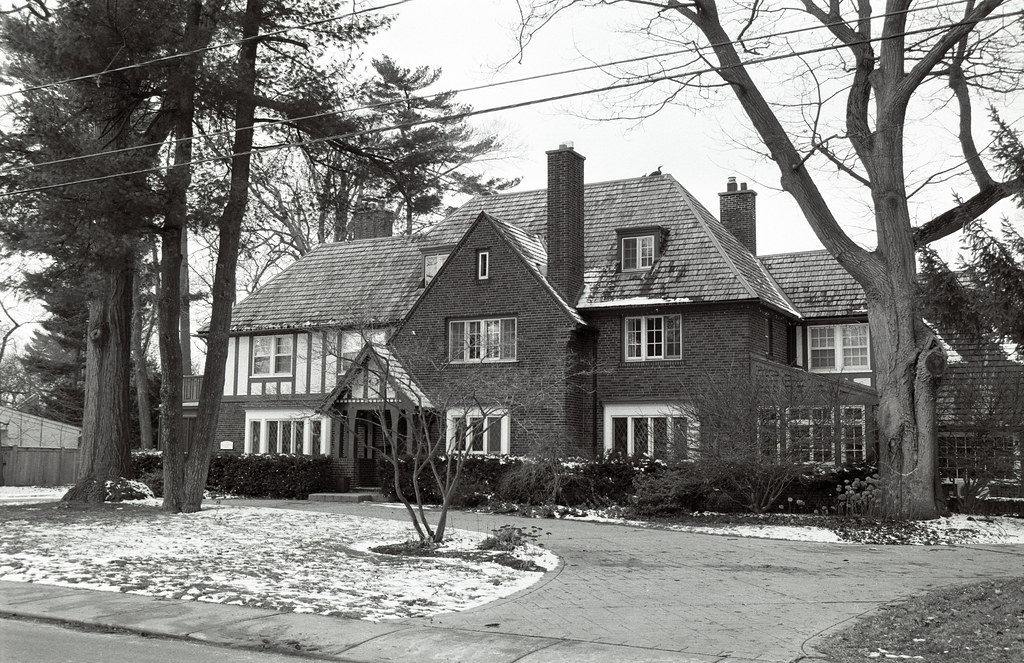

Experiences
While I have much more experience with EOS cameras, I would rate the Elan IIe as a camera you can take out of the box and get going without reading the manual. Basic operations are straightforward, and you only need a passing knowledge of EOS cameras to get this camera up and running. However, reading the manual will be needed to get several more advanced and customisable features up and running. With the single-mode dial, you can access the four creative modes, green-box auto, and the different exposure modes (P, Tv, Av, and Manual). There is also access to the customisation mode and eye-focus calibration (more on that in the optics section). The camera looks, and layout are well-suited, with all the major controls easily accessed. The polycarbonate construction makes for a lightweight carry, even with a BP-50 grip attached. Most additional controls are accessed through physical switches, buttons and dials, all of which have excellent feedback. The one thing I finally got with an EOS camera is the main command dial and a quick access dial on the back. Loading film is easy, but watch out; the door latch is plastic and weakens the camera. If positioned right, the film will load to frame one and shoot forwards rather than backward. The viewfinder is bright, with the three focusing points visible and lights up red when focused on that point or all three. You can also use the focus selector button to choose which you want as the sole focal point. And the autofocus is fast and accurate. I only had a few cases where it took a bit for the focus to lock. The eye focus is an interesting feature on the camera, but one I find a bit gimmicky. I tried to set it up, but I seemed to have trouble with my glasses; also, since it eats through batteries, I decided to go without them. While I was able to get it calibrated, it took several attempts and two sets of AA batteries (lithium), and it still didn’t work right. The exposure meter is superb and locks onto the scene quickly and accurately. The one problem is that the different metering modes, the evaluative is one that I seem to stick to and works well; there’s also the standard centre-weighted. But there’s also a mode that only takes a reading from about 9.5% of the viewfinder; I don’t know what that’s for specifically, but I tend to stick to the standard two. One of the nicest features of the camera is that you can set the film leader to be left out when rewinding the film (Custom Setting 2, set to 1). As someone who hasn’t mastered retrieving film, it’s a lifesaver when I don’t want to destroy a film canister when developing my film. However, the batteries are the biggest problem with the Elan IIe. First, the camera takes a 2CR5 battery, but the battery compartment is taller than the average 2CR5. According to my reading, the Sanyo brand is the right height. So your battery will fall and lose contact, and you’ll get an error message that your battery is dead. There are a couple of options available. The first is a folding piece of paper as a shim to keep the battery snug, and the second is an external battery pack. The Canon BP-50 will allow you to use a horizontal 2CR5 battery or four AA batteries. The BP-50 method works better, but you must remove the whole grip to replace the batteries.

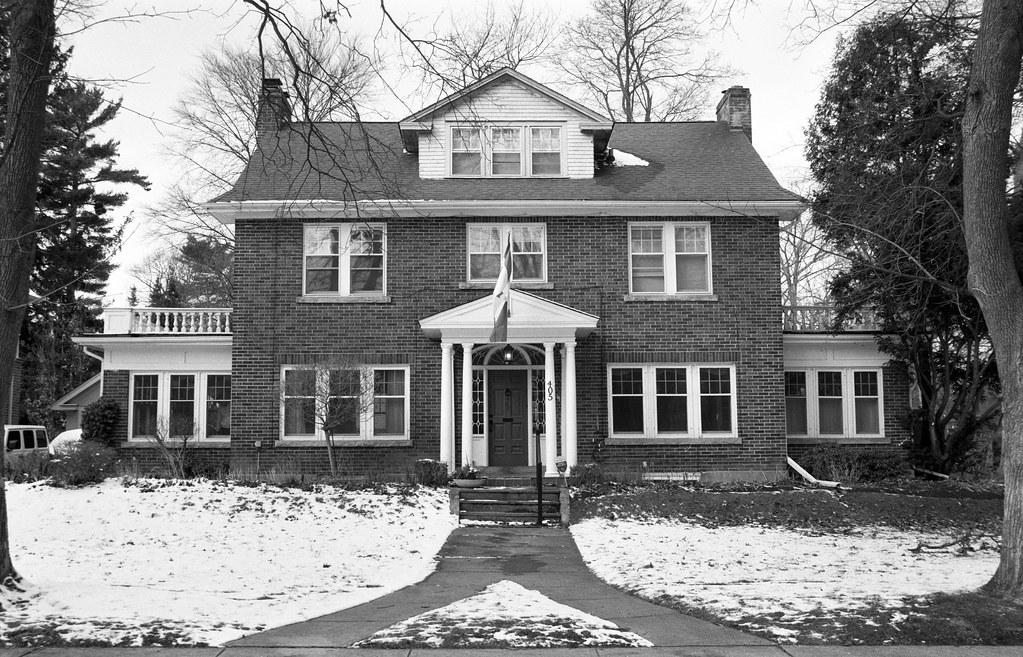

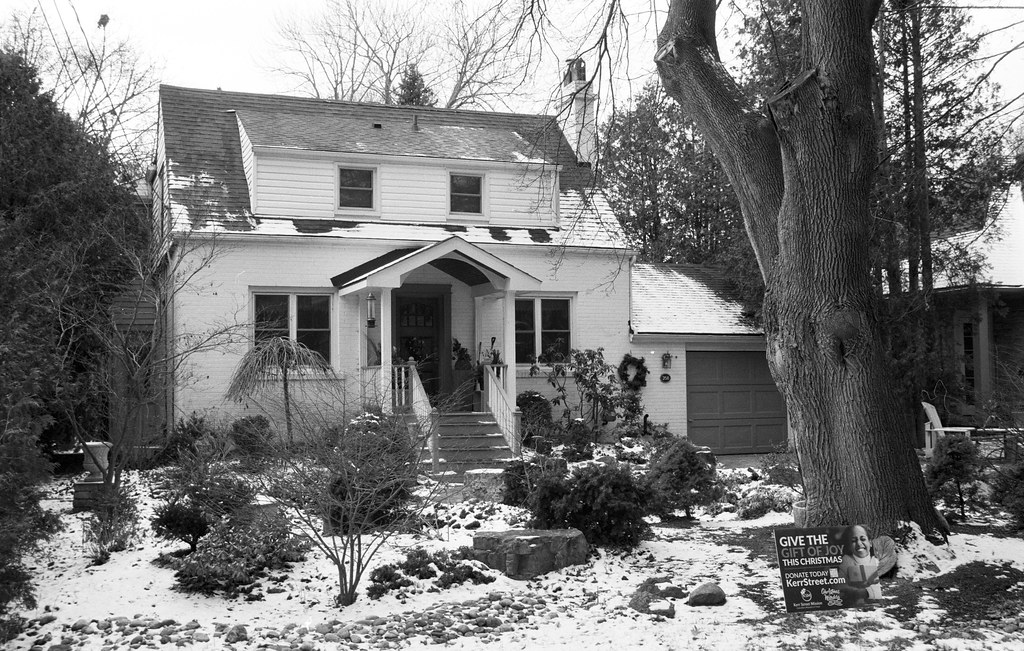
Optics
Like all Canon cameras, the Elan IIe uses the EF mount and is fully compatible with all EF lenses. This includes all past and future lenses in the Canon lineup. The one thing you do have to watch out for is the EF-S lenses, which are designed for crop sensor cameras. Do not attempt even to mount an EF-S lens on the Elan IIe, as you will cause damage to both the camera and the lens. Any prime lens from Canon will work wonderfully on the camera, with my choices of 28mm, 40mm, and 50mm being a good fit. Even the small size of the 40mm doesn’t get lost or throw off the camera’s balance. For zoom lenses, the 28-80 is a good starting point, but for more of a catch-all lens, I recommend the 28-105mm USM. The USM motor in the lens makes it ideal for use with the eye-focus system. The camera’s memory has space for three different calibration settings, normal eyes (1), corrective lenses (2), and a second user (3). Set the camera’s mode dial to the CAL position, then use the main command dial to select either 1, 2, or 3. Keep your eye on the viewfinder for the entire process, then look at the blinking focus point and press the shutter button. You know you have completed the calibration correctly when END is displayed in the viewfinder. Repeat the process for portrait orientation. You can repeat the process for the other two calibration settings. To use the eye focus, set the camera into AI Focus for single point focus or AI Servo to use your eyes to track the subject across the screen.
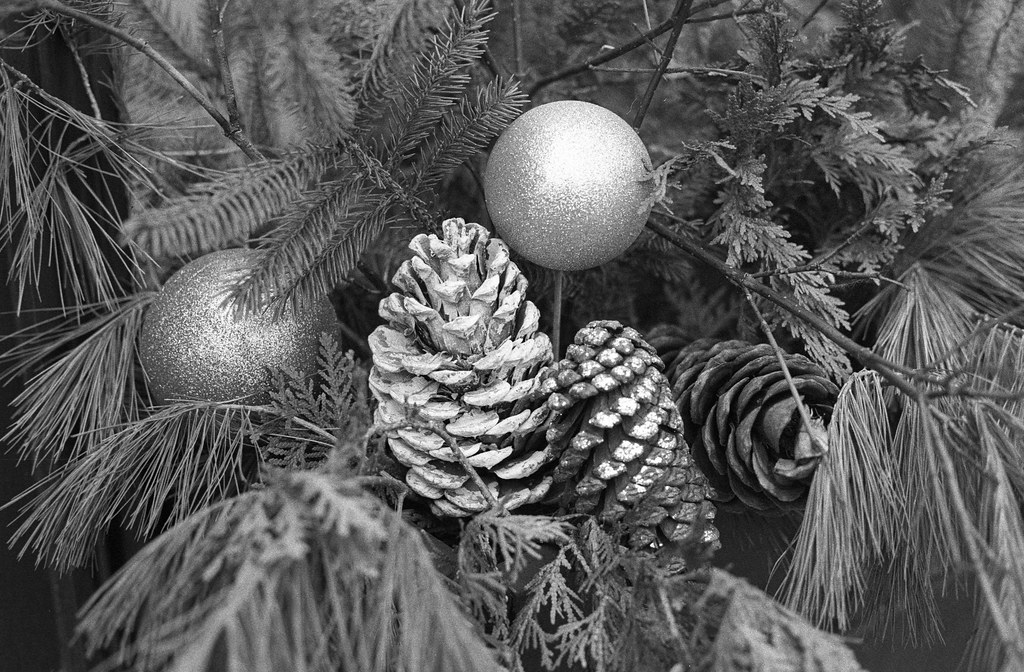

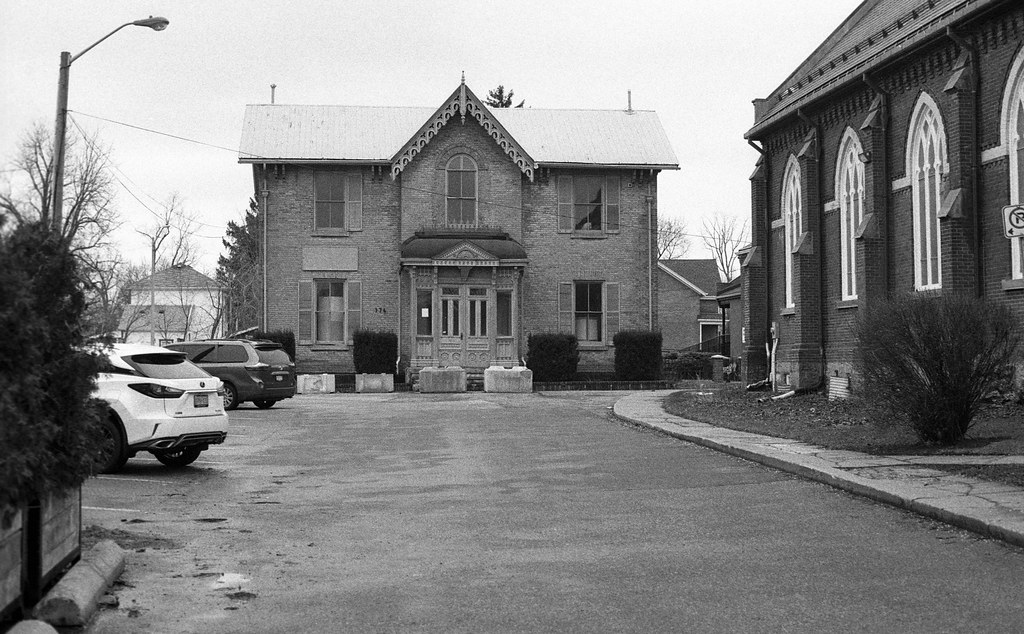

Lowdown
Suppose you are looking for an Elan series of cameras. In that case, they are nice cameras with plenty to offer even a modern photographer, and that’s mostly because you have that EF mount with full forward and backward compatibility. I find the Elan IIe balances out cost and performance. Despite its age, the Elan IIe is still a well-received and workable camera. But it is getting old, and it isn’t as well built. On the used market, the Elan IIe runs for around 120-150$ and often, that price will include a basic kit lens or the BP-50 grip. But if you want something more robust and modern, the Elan 7(e) or 7n(e) are better choices in the long run. The newer cameras mean a high price tag, but nothing serious. The 7(e) runs between 150 to 200$, and the 7n(e) between 230 to 300$.
Further Reading
Don’t just take my word on the Elan IIE; you can check out the reviews by other awesome camera reviewers!
The Oak Leaf – The Canon Elan IIe: Everything you’d ever need in a 35mm SLR
Andrew Kaiser Photography – Camera Review: Canon EOS Elan II
Budget Camera Fun – Reviewed: Canon EOS Elan II/EOS 50/EOS 55
Matca – Canon EOS 55 Review from a Film Newbie
Filmphotography.edu – Canon EOS 55
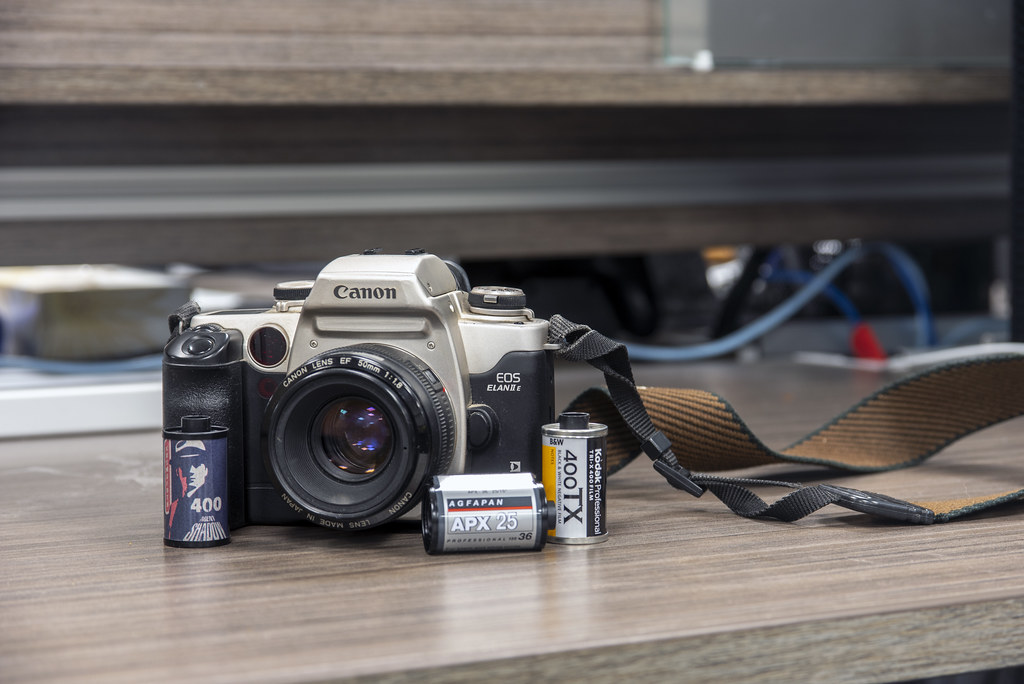
1 Comment